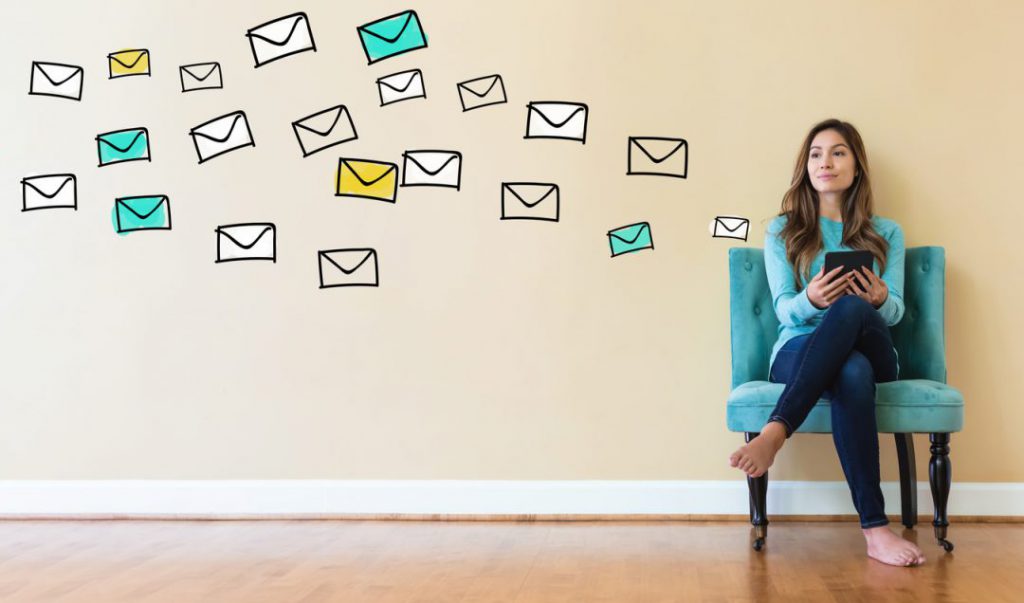Email marketing is a great way to get your message out and keep in touch with your customers, except when your email lists are out of date. Keeping your email list clean and up to date ensures your bounce rate stays low, keeping you out of trouble with email providers and the law.
What’s the Law?
In 2003, the U.S. Government passed the CAN-SPAM Act designed to protect people from the relentless bombardment of unsolicited emails. The rules are pretty straightforward:
- Do not lie or mislead in the header or subject lines;
- The message has to identify as an ad;
- Include your contact information;
- Honor opt-out requests promptly; and
- You’re liable even if you hire a company to email in your behalf.
Compliance with the law is probably the best reason to keep your email list scrubbed clean and to ensure you’ve removed all the opt-outs that might result in huge fines.
Another good reason is to avoid being identified as spam by email providers. If that happens, your marketing campaign is dead in the water. Your customers won’t even see it. Who checks their spam folder? No one.
Keeping your email list clean and up to date ensures your bounce rate stays low, keeping you out of trouble with email providers and the law.
How to Clean Your Email List and Stay Out of Trouble

1. Remove all role accounts.
Look for emails addressed to accounts such as: support@, info@, and admin@companyname.com.
Remove them from your email list, because they are more likely to be a catchall address answered by a whole department than an individual. And it’s unlikely they opted in to your list, so it’s best to take them off – fast.
2. Integrate your tools.
When you use great tools that work together seamlessly, you can much more easily track and analyze your email data. For example, DataHero connects with SendGrid to deliver clear data reports in a visual format that’s easy to interpret. You’ll be able to see exactly what’s happening with your emails and track opens, clicks, bounce rates, and more. Use the results to trim your list.
3. Watch your bounce rates.
Most bulk email programs remove invalid emails automatically, but you should monitor your bounce rates to be sure. Sending to bogus mail accounts will skew your metrics.
4. Understand that unsubscribe is a good thing.
You don’t want people who don’t want to be on your list. It’s not necessary to draw attention to your unsubscribe button, but make it clear and easy to find (even on a smartphone screen) in every email. And then honor it.

5. Segment your email list into groups
Aside from segmenting your email list by usual metrics such as age, sex, location, and industry, it is also good practice to group them by frequency of response to easily weed out inactive users.
6. Survey your whole list.
Offer respondents an incentive in exchange for answering a query in order to narrow your email list to your most loyal audience.
7. Start clean with a double opt-in.
Eliminate spambot signups with a welcome email and a confirmation response to ensure your responder is a real person with a real email address.
Aside from segmenting your email list by usual metrics such as age, sex, location, and industry, it is also good practice to group them by frequency of response to easily weed out inactive users.
8. Send one last chance to inactives.
Before removing inactive accounts from your list, send a nice greeting asking them if they’d like to remain on the list. ISPs use metrics to assess engagement, and when a lot of recipients consistently ignore your emails, your company starts to look shady.
It’s better to have a short list of customers who open and click than a very long list who don’t. To find out if they are still interested, send them one last targeted personal message .
Keeping your email list clean and tidy will result in more accurate reporting. You’ll also wind up with more usable customer data and better quality leads. In the case of emails lists, bigger is definitely not better!